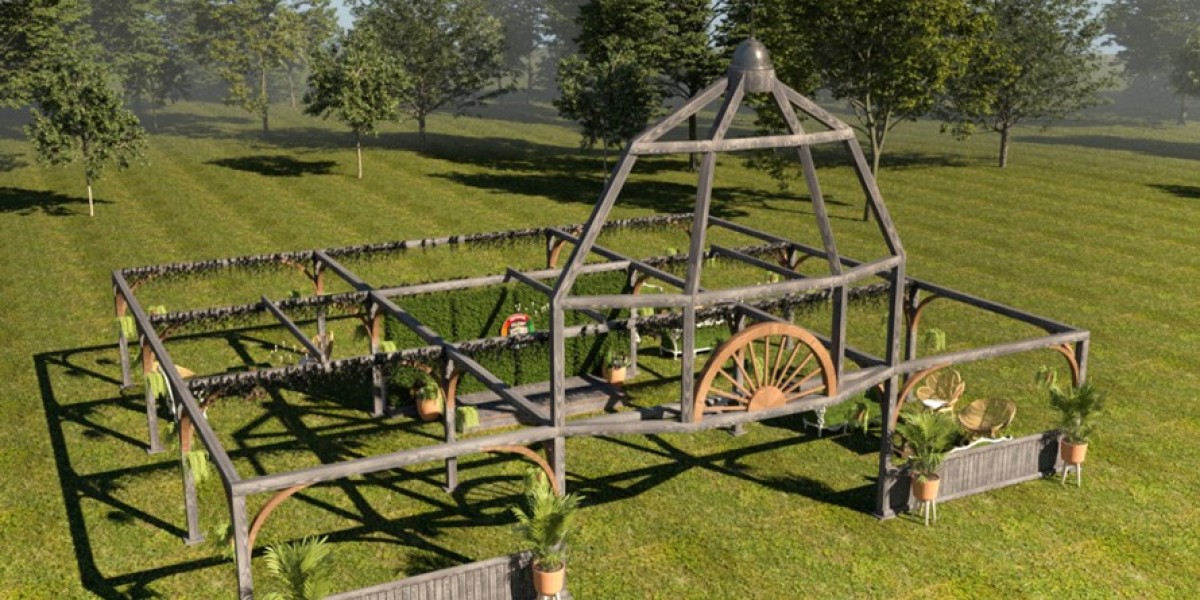The global agriculture sector is witnessing a rapid shift toward sustainable and resource-efficient food production methods, highlighted by the rising prominence of Vertical Farming Market Share. This innovative cultivation approach is transforming how fresh produce is grown, especially in urban regions where space is limited. With expanding adoption and technological upgrades, vertical farming continues to emerge as a core solution for food security and climate-resilient agriculture.
Market Landscape and Growth Drivers
Vertical farming is gaining remarkable traction due to its ability to maximize productivity through multi-layer farming, reduce water consumption, and maintain year-round crop cycles. The growing trend toward indoor agriculture and controlled environment agriculture enables farmers to regulate lighting, humidity, and temperature, resulting in higher yields and consistent quality. These advantages are particularly valuable for urban farming, where space constraints require innovative growing systems.
Technologies such as hydroponic farming, aeroponics, and automation are further reshaping the industry's capabilities. As global demand for pesticide-free and locally produced fresh food increases, vertical farming is expected to witness strong market expansion across both developed and emerging economies.
Expanding Technological Ecosystem
Tech advancements, such as smart sensors, robotics, and AI-enabled monitoring systems, are accelerating the efficiency and scalability of vertical farming operations. Parallel markets in the technological landscape also demonstrate similar growth patterns. For example, the US Collision Avoidance Sensors Market highlights advancements in sensor technology, which indirectly supports automation and precision farming tools used in sophisticated indoor farming setups.
Likewise, communication technologies are improving operational coordination in agricultural logistics and facility management. The UK Walkie Talkie Market reports rising applications in industries requiring reliable communication systems, including large-scale farming infrastructures and controlled-environment farming hubs.
Future Outlook
As urban populations grow and environmental pressures intensify, vertical farming is poised to play a transformative role in global food systems. Market players are investing in high-tech cultivation facilities, energy-efficient lighting systems, and AI-driven crop optimization platforms. The future of vertical farming lies in integrating sustainability with innovation, enabling cities to produce their own fresh food supply while reducing environmental footprints.
FAQs
1. What makes vertical farming different from traditional agriculture?
Vertical farming uses stacked layers and controlled environments to grow crops with less land, water, and exposure to environmental risks, unlike traditional open-field farming.
2. Which crops are most commonly grown in vertical farms?
Leafy greens, herbs, microgreens, and strawberries are the most common due to their fast growth cycles and suitability for controlled environments.
3. Is vertical farming sustainable in the long run?
Yes. With advancements in renewable energy, automation, and water-recycling systems, vertical farming is increasingly becoming a long-term sustainable agricultural solution.








